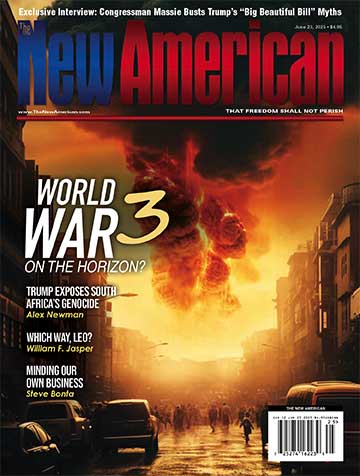
The U.S. Supreme Court (SCOTUS) is hearing oral arguments in Garland v. VanDerStok today. The outcome of the case will determine if the Bureau of Alcohol, Tobacco, Firearms, and Explosives (ATF) 2022 regulations on “ghost gun” parts kits fall under the Gun Control Act (GCA) of 1968. The question presented to SCOTUS asks whether a “parts kit” is a firearm, and if a “partially complete frame or receiver” is regulated by the GCA:
QUESTION PRESENTED:
In the Gun Control Act of 1968, 18 U.S.C. 921 et seq., Congress imposed licensing, background-check, recordkeeping, and serialization requirements on persons engaged in the business of importing, manufacturing, or dealing in firearms. The Act defines a “firearm” to include “any weapon * * * which will or is designed to or may readily be converted to expel a projectile by the action of an explosive,” as well as “the frame or receiver of any such weapon.” 18 U.S.C. 921(a)(3)(A) and (B). In 2022, the Bureau of Alcohol, Tobacco, Firearms and Explosives issued a regulation clarifying that certain products that can readily be converted into an operational firearm or a functional frame or receiver fall within that definition. See 87 Fed. Reg. 24,652 (Apr. 26, 2022) (codified in relevant part at 27 C.F.R. 478.11, 478.12(c)). The Fifth Circuit held that those regulatory provisions are inconsistent with the Act. The questions presented are:
1. Whether “a weapon parts kit that is designed to or may readily be completed, assembled, restored, or otherwise converted to expel a projectile by the action of an explosive,” 27 C.F.R. 478.11, is a “firearm” regulated by the Act.
2. Whether “a partially complete, disassembled, or nonfunctional frame or receiver” that is “designed to or may readily be completed, assembled, restored, or otherwise converted to function as a frame or receiver,” 27 C.F.R. 478.12(c), is a “frame or receiver” regulated by the Act.
Anti-Second Amendment organization Everytown for Gun Safety claims firearms that are legally created from these parts kits pose a threat to communities due three characteristics:
A ghost gun has three key, related characteristics: 1.) It is unserialized; 2.) It is untraceable; and 3.) Its building blocks are acquired without a background check.
Felons, minors, and others who are prohibited from buying firearms have been able to acquire ghost guns. They can do so without a background check or verifying their identity, circumventing existing laws.
Attorney Pete Patterson stated in his opening arguments that criminals are more likely to acquire firearms from the secondary market than privately made firearms, stating:
Some concern has been raised about circumvention, but of course complying with a statute is not circumventing it. And as this court said in Abramski, which has already been referenced, Congress in the Gun Control Act did not seek to pursue its purposes of controlling access to firearms to the nth degree. And notably, Congress did not regulate the secondary market for firearms, and that secondary market is a much bigger source of firearms for criminals than privately made firearms.
Gun Owners of America summarized its position on Garland v. VanDerStok in a post on X:
Ultimately, this Court should view the Rule within the context of the current administration’s firearms policy. The Rule is just one step in an unspoken but evident plan to subvert the Firearms Owners’ Protection Act and create a registry of all American gun owners. Affirming the Fifth Circuit will protect gun owners from the harms that await under a future administration hostile to the Second Amendment.




